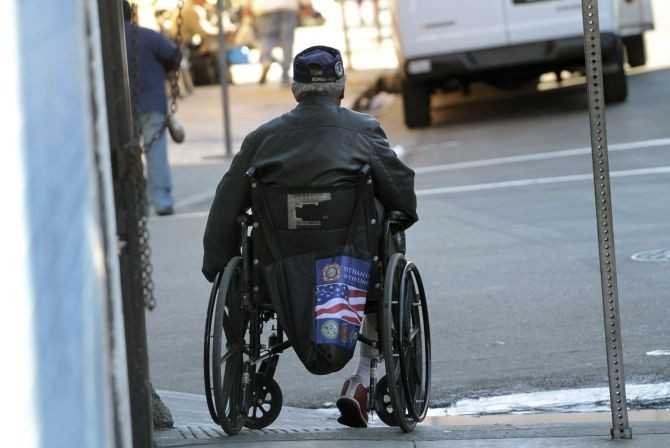Stem Cell Trial Restores Sensation in Paralyzed Patients

Knut Ølstad, a Norwegian financial consultant, embarked on a cycling trip in the Alps last summer. The trip meant that he would cycle 500 miles, or the equivalent of two Mount Everests. But on his last descent down a mountain, he crossed paths with a car. In his effort to avoid it, he braked hard, flipping his body over the handlebars. Since then, he has been paralyzed from the waist-down, with little hope to regain sensation - until now.
Researchers from the University of Zurich, sponsored by StemCells, have announced that stem cell implantation has restored feeling in two of three paralyzed participants in a small trial.
Ølstad was one of three subjects who were complete injury patients, meaning that they had no feeling below their nipples. But, after six months of stem cell therapy, two of the three had restored sensation in their bodies down to their belly buttons. That may not sound like a lot, but researchers are thrilled about this massive leap forward. "They're really close to normal in those areas now in their sensitivity," Stephen Huhn, on behalf of StemCells, said to New Scientist magazine.
The three patients received 20 million stem cells injected at the site of their paralysis. The cells were acquired from donated fetal brain tissue, and were injected between four and eight months after their respective accidents. Six months after the injections, two of the three responded to touch, heat and electric impulses to the areas under their nipples.
A month ago, another high-profile trial, from the Menlo Park, California-based company Geron, was suspended due to lack of funds. Researchers there were also attempting to study the effect that stem cells could have on paralysis. Geron also suspended their stem cell therapy research on diabetes, arthritis, and heart disease. StemCells is hoping that this announcement can revitalize proponents for stem cell research.
StemCells' study is not the only one that is seeking to cure, or at least improve, paralysis. Last month, the Miami Project to Cure Paralysis announced that they received FDA approval to conduct testing on Schwann cells in humans. Schwann cells send electrical signals to different portions of the nervous system. They are primarily found in the peripheral nervous system.
In the StemCells' study, one participant indeed did not see any improvement. However, none suffered from any negative side effects from the treatment. They hope to one day restore patients' ability to walk.
Scientists are cautiously optimistic about their findings, because 3 percent of people with similar injuries spontaneously show the same amount of improvement six months after their injuries. They believe that testing the same therapy on patients who have been injured for longer than six months would remove doubt from their minds.
Ølstad said to British newspaper The Telegraph, "I've noticed changes. When somebody touches my stomach, I can feel something. I can't be specific, but I can sense it."
The information was shared yesterday at the International Spinal Cord Society's annual meeting.
Published by Medicaldaily.com



























